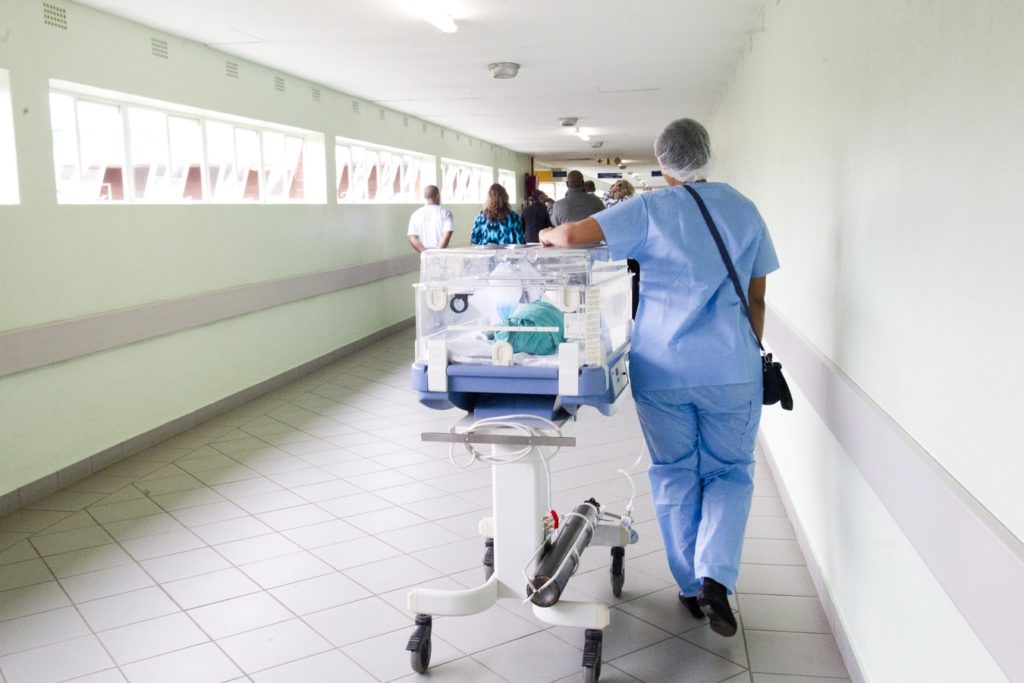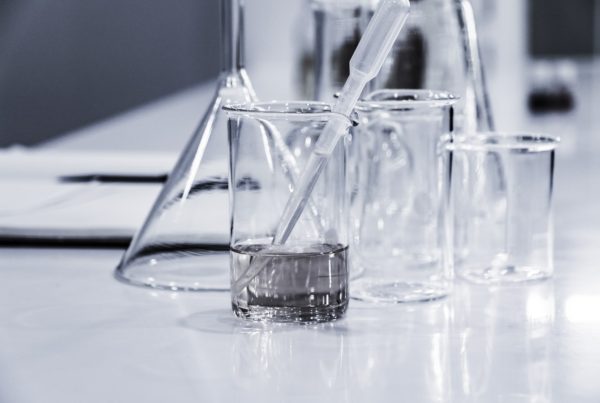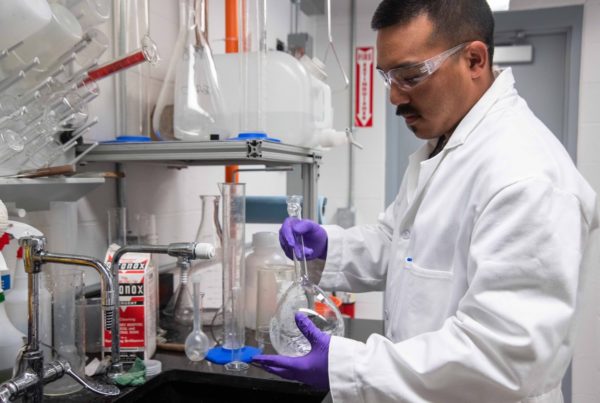HAI, also known as nosocomial infection, is the acquisition of an infectious disease during a hospital stay. It is one of the most vexing features of healthcare. It is unpleasant for the patient (at best — the outcome may be fatal) and the patient’s family, expensive for the hospital (even if the patient is paying for treatment, costs associated with curing a demonstrably HAI must be paid for by the hospital — at the very least it is likely to prolong the hospital stay), damaging for the hospital’s reputation, and a needless burden on the healthcare system (such as the NHS).
Despite the generally strenuous efforts made to keep hospitals clean, numerous studies have shown that infectious agents (viruses or bacteria) typically linger in wards, bays or rooms in which a patient carrying the agent has previously been staying, with a correspondingly enhanced (with respect to a truly sterile environment) probability of transmission to the new occupant.
Some HAI come from patients themselves. We all carry many kinds of bacteria (e.g., on our skin), and if parts of our bodies are abnormally exposed to the environment (e.g., by a surgical operation), they could become infected by our own bacteria (“in the wrong place at the wrong time”).
One of the difficulties of tackling HAI is understanding its prevalence. So many factors potentially contribute to it that it is usually difficult to point to a single decisive cause. It seems, however, to be universally accepted that the cleaner the environment, the lower the probability of HAI — even if the microorganisms associated with the infection come from the patient, they are often transferred via an environmental intermediate, such as a door handle.
The passive environment comprises walls, ceilings, curtains etc.; the active environment comprises “high-touch” surfaces such as bedrails, bedside tables, door handles and of course hands themselves, as well as the air. Traditionally the walls, ceilings etc. have not been considered to be fomites (i.e., carriers of infection) and, consequently, are really cleaned (e.g., annually). High-touch surfaces, on the other hand, may be cleaned daily; hand-washing should be even more frequent. In a somewhat ambiguous category are close. Medical personnel and ancillary staff (such as ward cleaners) will generally wear outer garments worn exclusively in the hospital and laundered daily. Patients, however, usually dress in their own clothes, as do visitors, providing the opportunity to introduce all kinds of infectious agents.





